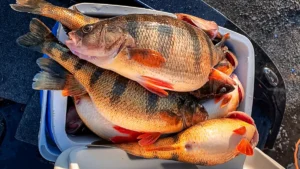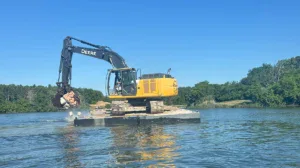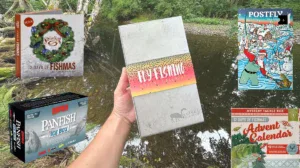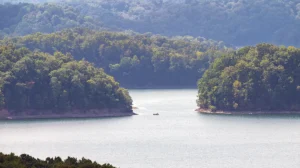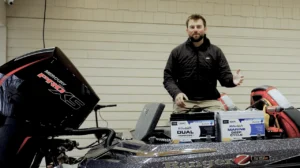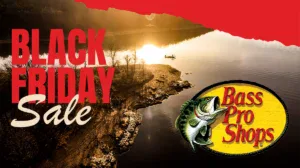High water is commonplace during the spring in many places throughout the country and brings about unique bass fishing conditions. Wired2fish’s Nick Dumke takes us deep into flooded environments on his home reservoir and shares valuable insights into leveraging high water levels for successful bass fishing. The most important tip is to follow your instincts and fish for the moment in these new and temporary environments!
FEATURED PRODUCT (retail links)
- PLASTIC – Xcite Baits Sucka Punch, color – Rotten Pumpkin: Buy at Tackle Warehouse
- HOOK – BKK Heavy Cover Flippin Hook, 3/0: Buy at FishUSA | Buy at Tackle Warehouse
- WEIGHT – ARK No Chip No-Insert Tungsten Flipping Weight, 1/4-ounce: Buy at Tackle Warehouse
- PEG – VMC Sinker Stops: Buy at Bass Pro Shops | Buy at FishUSA | Buy at Tackle Warehouse
- ROD – ARK Essence Series Casting Rod, 7’6” Medium Heavy – Fast: Buy at Tackle Warehouse
- REEL – ARK Fishing Gravity 5 Casting Reel, 8.1:1: Buy at Tackle Warehouse
- LINE – Sufix ProMix Braid, 50-pound: Buy at Tackle Warehouse
UNDERSTANDING FLOODED CONDITIONS
Spring brings dynamic changes in water levels, often leading to flooded fisheries. Dumke emphasizes adapting to these changes, focusing on areas where bass might seek warmer waters. Water temperature, specifically the warmest water, is usually the biggest driver in finding the largest concentrations of fish. By targeting flooded vegetation and utilizing flipping and pitching techniques, anglers can maximize their chances of scoring big.
TECHNIQUE AND TACTICS
Dumke demonstrates the effectiveness of using a light flipping bait in dense vegetation. This isn’t the situation for making loud splash-downs with heavy baits. Think about it: these skinny water fish are ready for airborne assaults by birds and other critters. Dumke details his method of making quiet entries, simply meaning flips and pitches with a soft landing to avoid startling bass in shallow waters.
EQUIPMENT ESSENTIALS
The right equipment can make a significant difference in flooded conditions. Dumke recommends a long flipping rod for extended reach and casting accuracy. He pairs this with a high-speed reel to efficiently manage the line and ensure quick and solid hook sets. Additionally, he opts for a course braided line to withstand the matted vegetation and debris.
BAITS AND LURES
Choosing the right bait is vital for flooded conditions. Dumke uses a flipping setup that mimics the local forage. Depending on your geography, the primary forage is usually shad or bluegill, so a bait that shares a similar profile and color usually does the trick. Dumke then looks for unique bait attributes for added attraction, such as the short and lively legs that don’t impact efficiently falling through the cover.
ON-WATER STRATEGY
Throughout this jungle mission, Dumke stresses the importance of mobility and adaptability. He quietly navigates the flooded habitats, looking for subtleties that unlock the bite. With the proper stealth approach, techniques, and equipment, every angler can turn high waters into high rewards.
BOAT & ELECTRONICS
- BOAT – Skeeter ZX150 Bass Boat: Check out at Skeeter Boats
- OUTBOARD – Yamaha V MAX IN-LINE 4 150 hp: Check out at Yamaha
- TROLLING MOTOR – Minn Kota Ultrex 52″ 24V 80 lb: Buy at Bass Pro Shops
- FISH FINDER – Humminbird SOLIX 12 CHIRP MEGA SI+ G3 Fish Finder/GPS Chartplotter: Buy at Bass Pro Shops
- SHALLOW WATER ANCHOR – Minn Kota Talon 10′ Bluetooth Anchor: Buy at Minn Kota | Buy at Tackle Warehouse
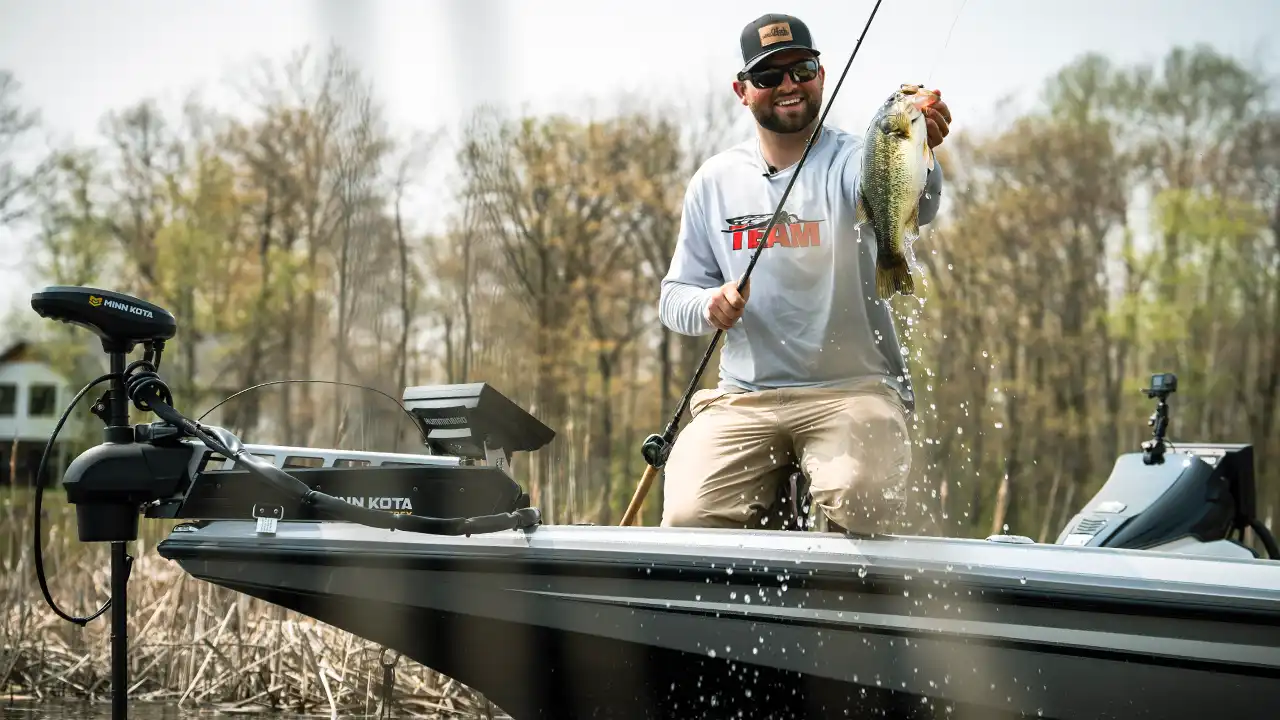

![[VIDEO] Greg Hackney’s Formula for Post-Spawn Bass Success](https://www.wired2fish.com/wp-content/uploads/2025/05/Hackney_Post-Spawn_Bass-300x169.webp)
![[VIDEO] Scanlon’s Guide for Stained Water Spawning Bass](https://www.wired2fish.com/wp-content/uploads/2025/05/scanlon-jig-300x169.webp)
![[VIDEO] Seth Feider’s Prespawn Jig Pattern Explained](https://www.wired2fish.com/wp-content/uploads/2025/04/prespawn-jig-300x169.webp)
